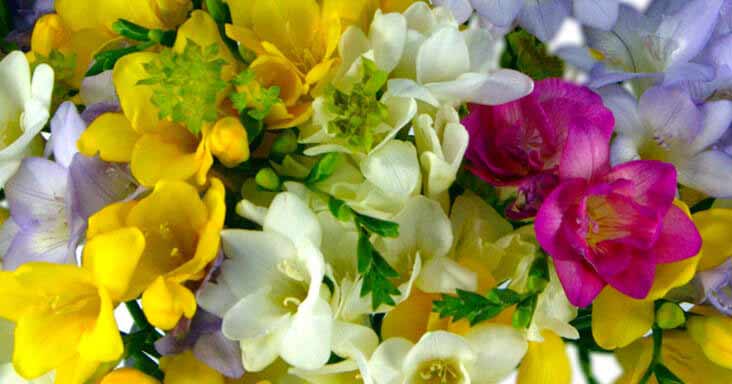Anyone remember Scrat? The hopeless little squirrel dude from the Ice Age movies, who was forever chasing his beloved acorn across the frozen wastes of the distant past.
Well, now it seems like dear old Scrat, or one of his relatives, has done something useful (as unlikely as that might seem to fans of the movies).
Scientists working in the permafrost of Siberia have uncovered a treasure trove of fruit and seeds which were buried deep in the ice, and by extracting tissues from the fruit remnants and performing near-magical feats of regenerative science on them, have managed to create a flower from them.
The amazing thing? That little squirrel buried its trove of seeds over thirty thousand years ago.
Arthur C. Clarke once wrote that ‘Any sufficiently advanced technologyis indistinguishable from magic’. This incredible feat proves Clarke’s theorem. Humanity has throughout its existence created tails of voodoo and necromancy, dead men walking and mystic shamans with the power to bring long-lost memories back to life. And now, thanks to the miraculous dedication and craftsmanship of scientists, a white flower called Silene stenophylla is blooming for the first time in 30,000 years. Literally, brought back to life.
The Russian scientists are not the first to regenerate a lost flower, but S. stenopyhlla is thought to be the oldest yet revived. And the scientists, not lacking ambition, are already talking about using the same process to bring back Scrat-type squirrels themselves, or even great woolly mammoths, if only they can find the correct remains.
"The squirrels dug the frozen ground to build their burrows, which are about the size of a soccer ball, putting in hay first and then animal fur for a perfect storage chamber," said Stanislav Gubin, one of the authors of the study, who found the squirrel burrow a whopping 38 metres below the ice. "It's a natural cryobank."
"If we are lucky, we can find some frozen squirrel tissue," Gubin told the AP. "And this path could lead us all the way to mammoth."

AP Photo/HO, the Institute of Cell Biophysics of the Russian Academy of Sciences




